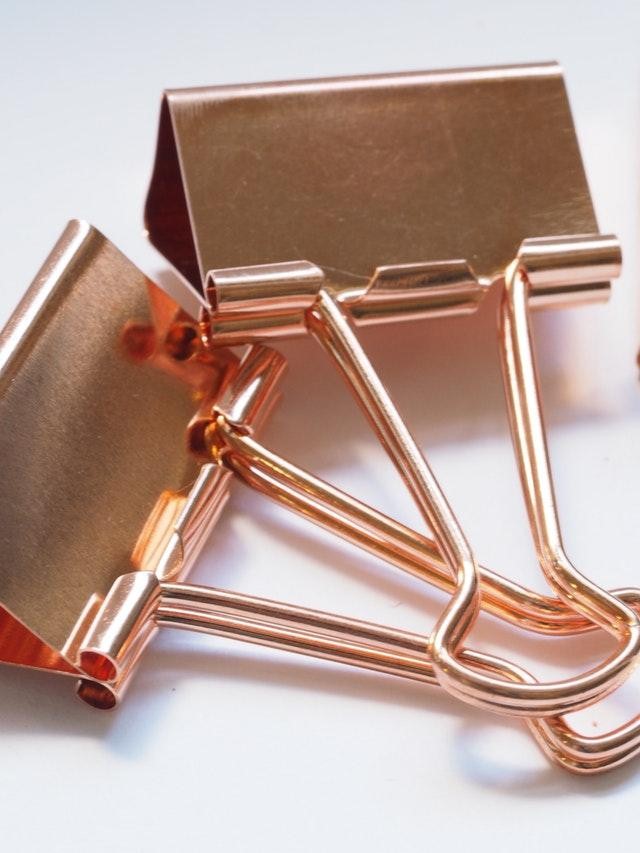Copper is a metal that has been used for a vast range of applications since the prehistoric era. It is well known for its unique, reddish tin as well as its high electrical conductivity. Today, copper’s most common use is as a part of electrical wires in industrial and domestic settings. When alloyed with other types of metal, copper becomes even more versatile and dynamic.
Ask your trusted copper sheet supplier for a list of copper alloys and you’ll be surprised of just how many there are. In the US alone, there are over 40 different copper alloys readily available upon request. To give you a better idea, the following are the most common copper alloys and their various uses:
- Brass
Brass is an alloy of copper and zinc. It is prized for its many aesthetic and practical uses, particularly in commercial and residential buildings. The zinc content adds to the alloy’s machinability. Sometimes, tin or lead is added to increase the metal’s strength. The amount of the metals can vary depending the type of brass being manufactured. Usually there are three main brass types: copper-zinc alloy, copper-zinc-lead alloy, and copper-zinc-tin alloy.
All of these can be provided by your copper alloy supplier. These alloys are best used as a part of architecture settings, locks, fittings, pipes, and even electrical systems. You just need to find the right metal combinations.
- Bronze
Bronze is typically awarded to the person in third place, but this copper alloy has a lot of other uses. The components that make brass vary greatly depending on its intended use. A combination of copper and tin is how bronze is made, but phosphorous elements like nickel, aluminum, and magnesium are added during the manufacturing process.
The copper alloy is valued for its resistance against corrosion and its strength making it one of the best choices when it comes to fittings, manufacturing springs, connectors, and other architectural needs.
- Copper Nickel
The main reason why the copper-nickel alloy is widely used today is its ductility and resistance to corrosion. This type of copper alloy is preferred over pure copper because they are better suited for pipes and boat sheathing. They last longer even after being constantly exposed to moisture and the elements of the open water. Although copper nickels are considered as specialty copper alloys, they can still be found in most metal suppliers.
- Nickel Silver
The name “nickel silver” is a bit confusing because we are talking about copper alloys. Don’t worry, this alloy still belongs to this group. Nickel silver only earned its name because of its appearance that is very similar to silver. However, the composition of this alloy is actually a mix of copper, nickel, zinc, and sometimes it may also contain lead to enhance its strength.
Nickel silver also standout from the other copper alloys because of the manner by which it is utilized. This is an alloy that cannot be found as a part of a building’s architecture. Instead, they are more decorative in nature. Due to its silver-like shine, nickel silver pieces are used in making jewelry, fashion coins, keys, and other items that do not require a lot of structural strength.
Talk to Your Supplier about Availability
The great thing about copper alloys is its uses aren’t limited to construction and architecture. Many hobbyists also find ways to incorporate the use of copper sheets and the many alloy types in their art, jewelry, and other creative pursuits. Copper is wonderful in itself, but incorporate it with other metals and the possibilities are endless. Ask your copper supplier about your options today and expand your horizons when it comes to copper alloy use.
Sources:
Types of Copper Alloy and Their Uses, KPLIntl.com
List of Copper Alloys, WikiWand.com


